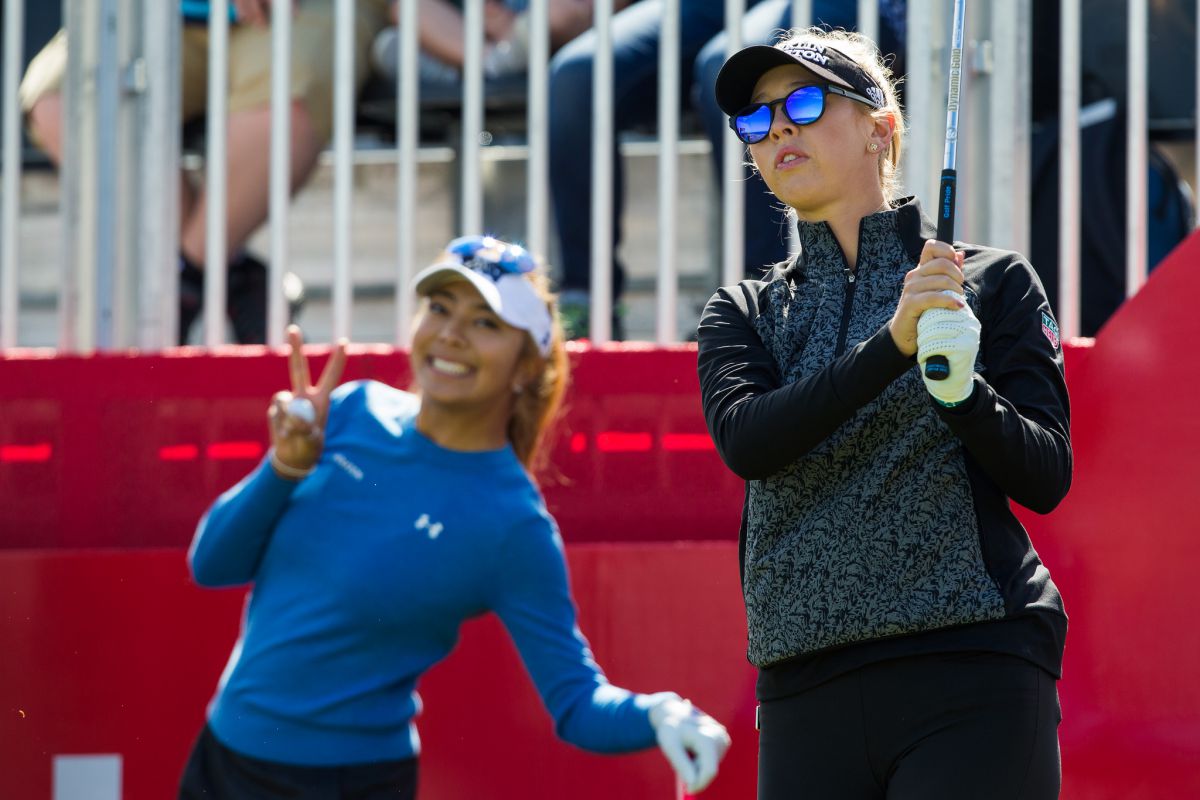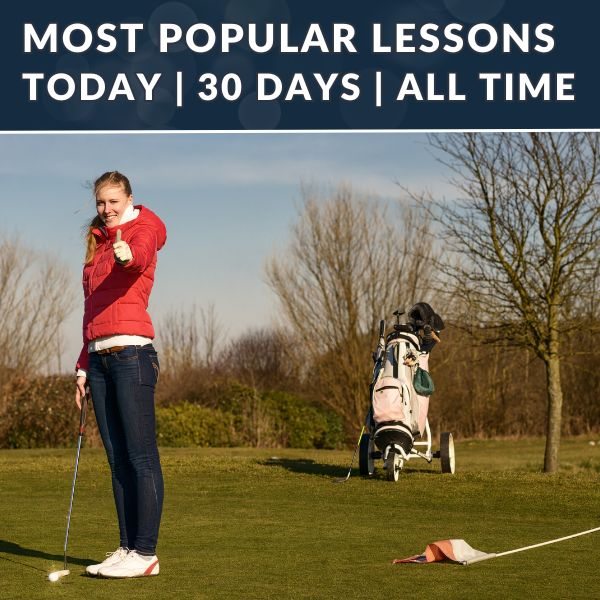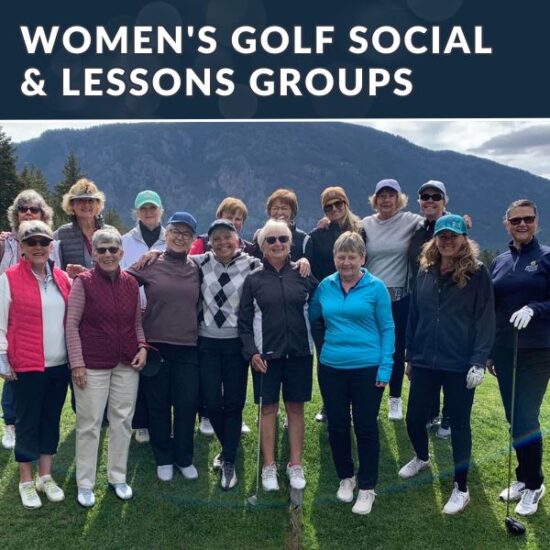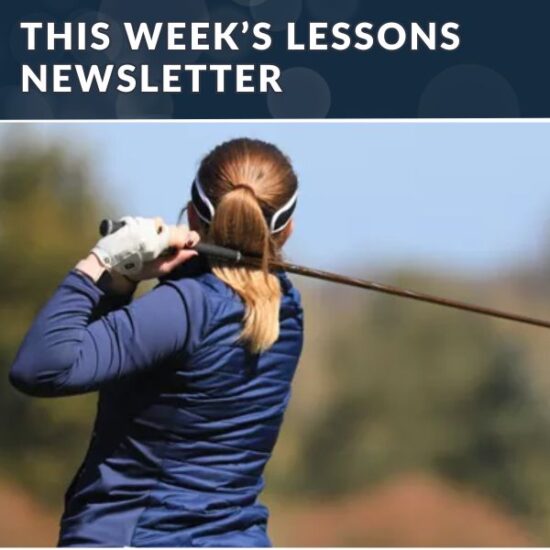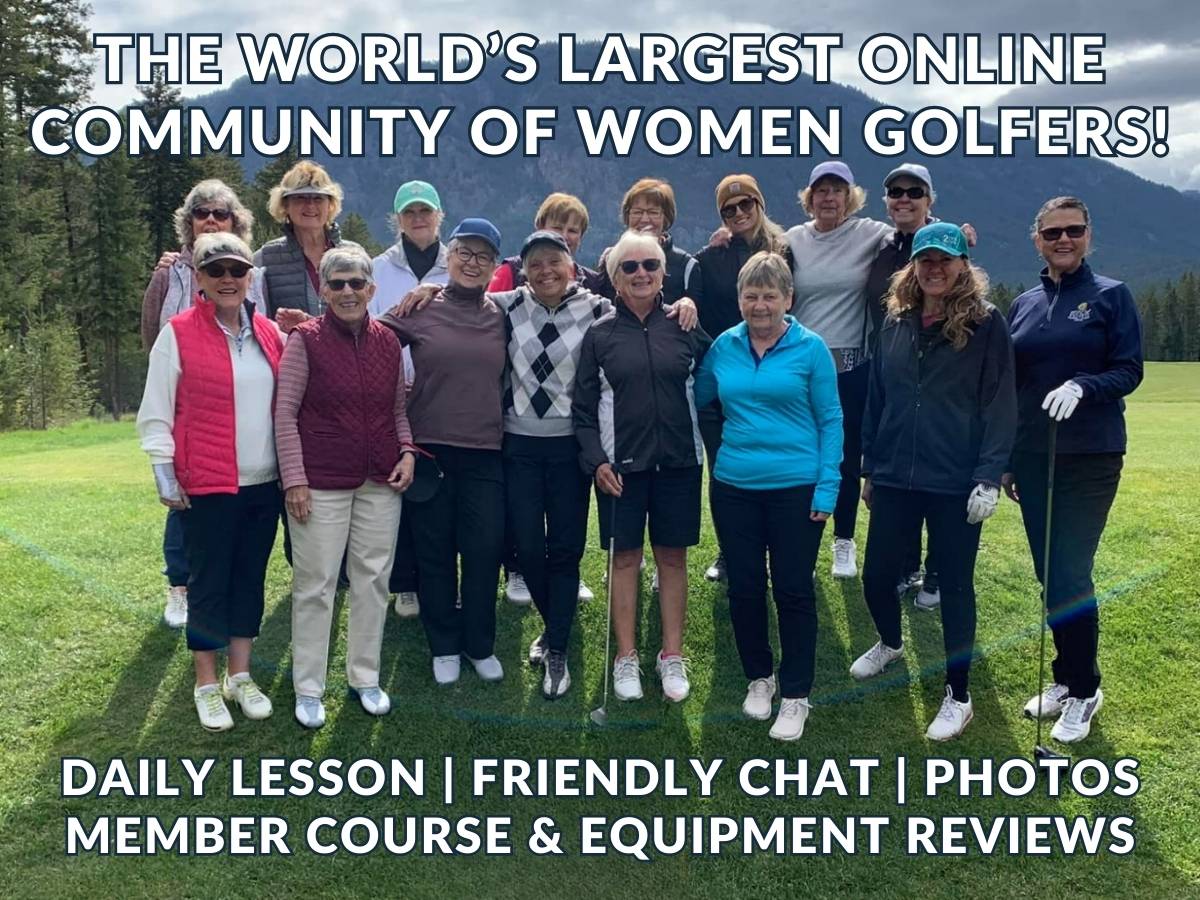“Do you have the top Annika wore in the tournament this past weekend?”
This was the type of question I received hundreds of times when I was managing the Golf Professionals Shop at the Broadmoor in Colorado Springs, CO. The guests were often looking to their favorite player for fashion inspiration both on and off the course. The old adage of “if you look good, you feel good” was a part of the confident golfer’s psyche.
Many consumers feel, when we feel good and confident with our appearance (clothing, shoes, bag, etc.), we may feel as though we can conquer anything the course may throw our way that day. When we wear the top Annika Sorenstam did, we can connect with her in hopes that we, too, can strive to play like her and have the same confidence she has displayed throughout her professional career.
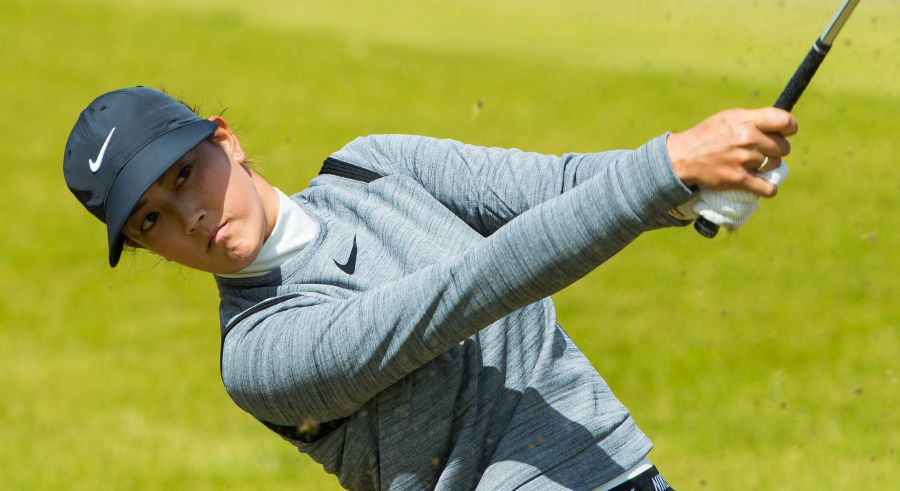
The Research
This is why I was so intrigued with research I read dealing with this topic. The article, “Beauty and Productivity: The case of the Ladies Professional Golf Association” tackles an angle of this topic with some fascinating results. Ahn and Lee (2014) investigated how the attractiveness of an LPGA player impacted her prize winnings and scores.
The authors made their case by using well documented and valid research that showed more attractive workers (in numerous industries, male and female) make more money than those of average looking workers. They also cited studies that showed attractive workers may also have incentives to improve or increase productivity when they are rewarded for that productivity. In other words, “favoritism toward beauty not only provides extra rewards to more attractive workers but can also influence their labor supply and human capital decisions.” They went on to use the case of Anna Kournikova (tennis) who received intense media coverage due to her ability and physical appearance. The conclusion, based on previous research, was that with massive endorsements and prize money, Kournikova put forth more effort to improving productivity, just as any worker in any other industry outside of sports.
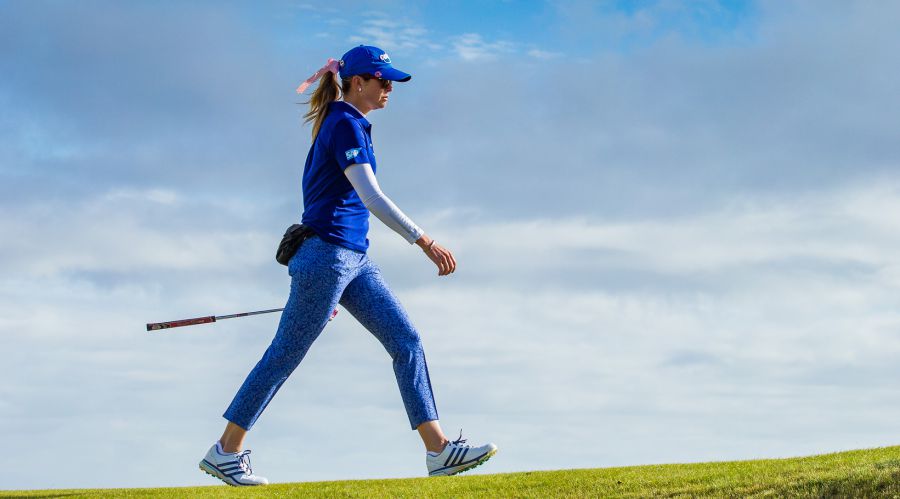
Statistical models and coding of images of 132 LPGA players who participated in at least one of the major tournaments in the 2010 tournament year (The LPGA Championship, Nabisco Championship, U.S. Women’s Open and the Women’s British Open) were analyzed. Several attributes were used to calculate results such as age, experience, earnings, effort, and scores. Controls were used to ensure no biases occurred such as diverse coders. Beauty was measured with a 1-5 scale with 5 being “strikingly beautiful,” in case you are wondering.
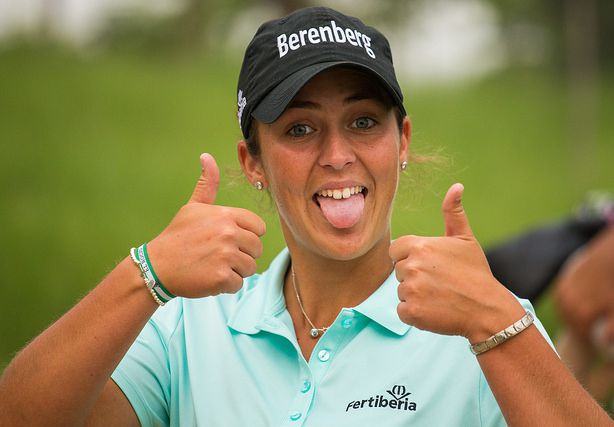
The results were quite compelling. While there were many interesting facts in the article, a few of the most noteworthy are as follows. First, the researchers found those deemed attractive (beauty) recorded lower than average scores. Further, those players earned more prize money even when they controlled for experience and talent. Finally, when the beauty score changed from the 70th percentile to the 90th, prize money increased by a substantial $527,980. (Imagine that number if the LPGA players were paid what the men on the PGA Tour are.) They even suggested that “these players have access to beauty premiums provided by sponsors or through tournament invites but at the cost of more effort to improve their skill.”
These findings were generally consistent with the literature they presented at the beginning of the article. They noted these results were, “consistent with the notion that physical appearance is associated with individual workers’ accumulation of human capital or skills” and was consistent with previous studies that showed, “beauty may have productivity-enhancing effects.”
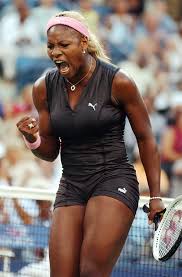
But, why is this study important to women’s golf? Maybe we should start by looking to women’s tennis for some clarity to see a bigger picture. Serena Williams is known for her powerhouse performance and being one of the greatest, if not the greatest, women’s tennis player of all time. Even at this elite level, one still must go all the way down to #51 to see her on the highest paid athlete list. She is the only female on the list, but that is another story for another day. But, aside from being known for her astonishing play, she is known quite well for wearing amazing and eye-catching clothing. For example, one may remember the Puma black catsuit from the 2002 U.S. Open. Or, how about the 2014 Nike animal print dress at the same tournament? Or recently, the white Nike one piece she wore to Wimbledon 2016? She even posted a selfie saying, “kinda in love with my Wimbledon dress.” She received almost 143,000 likes on social media for that image. So, we could probably assume she was confident and comfortable in her chosen clothing for the day and ready to win. Her clothing was meant for ease of movement, no restrictions, performance and maybe a little buzz to boot.
What is Beauty?
So, what could women’s golf learn from women’s tennis? It may be helpful to ask the question, “What is ‘beauty’?” In the study above, it is calculated with a scale and connected in some form to other attributes like prize winnings. For Serena Williams, it may be more about confidence which leads to increased production of her skill. But, while this study is useful for seeing the quantifiable results of “beauty,” there is obvious opportunity to study the “beauty” concept further. What would the LPGA players say about themselves and about their concept of “beauty?” Is it only about physical attractiveness? Or is it more of an intrinsic motivation to perform? Is “beauty” a level of confidence that emerges as a player masters her skill? Can we look further into what builds confidence to help a player perform at the most elite levels? Many of us want to see our fellow women golfers perform and feel the best they possibly can. This includes the elite LPGA player to the local club pro. It may include the little girl who is looking to a role model to which she can aspire and compete against in the U.S. Women’s Open someday.
Therefore, it may be time to evaluate all aspects of what “beauty” is and how women’s golf and the LPGA can help its players be their best no matter how “beauty” is defined. Who knows? Maybe one-day women’s golf will not be restricted by what some define as “beauty” via dress codes and more along the lines of performance-based “beauty.” Rock on, Serena and Michelle.
Reference: Ahn, S. and Lee, Y. (2014). Beauty and productivity: The case of the Ladies Professional Golf Association. Contemporary Economic Policy, 32(1), 155-168.
Images: All photos courtesy of Ladies European Tour




